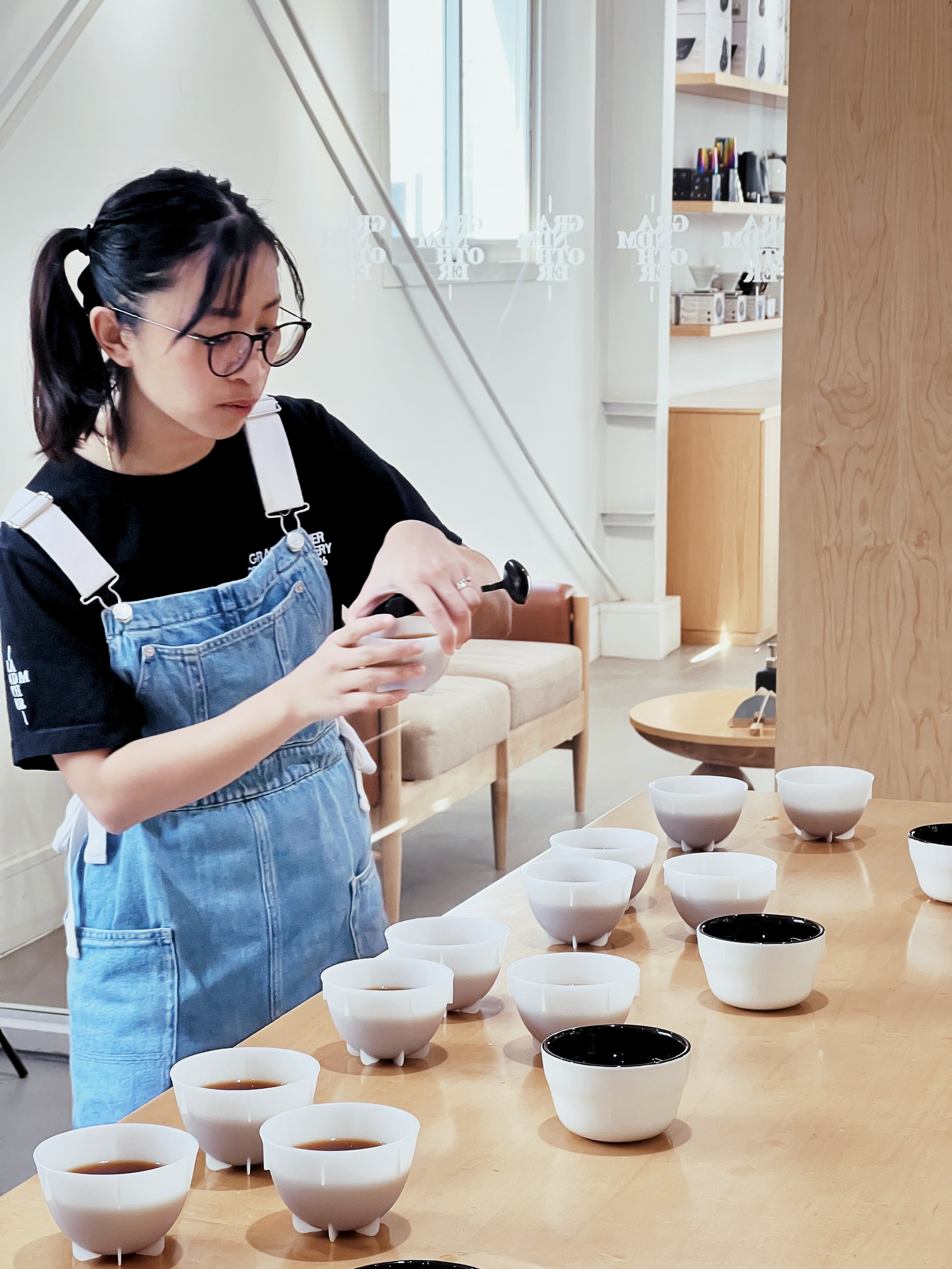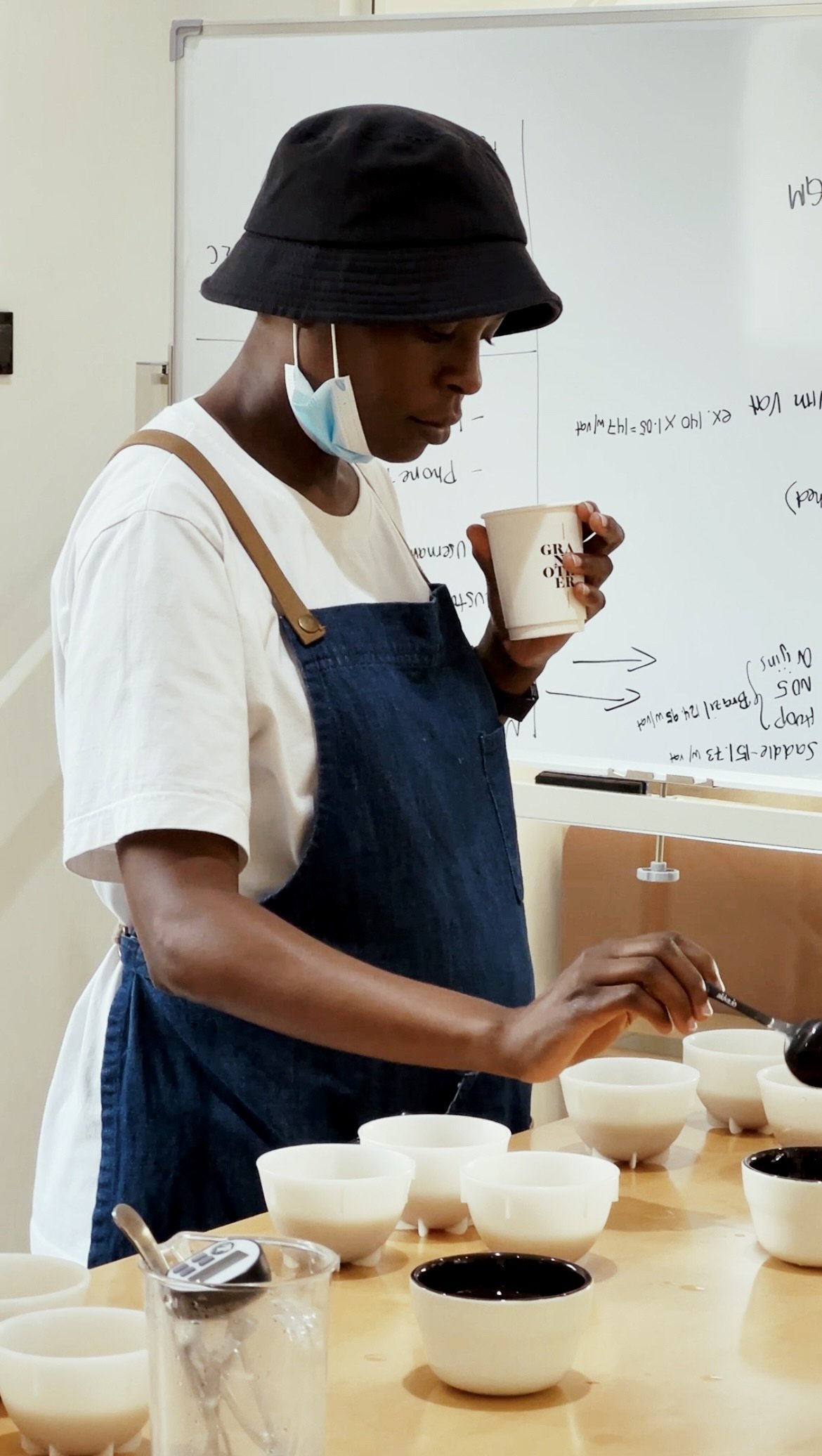Triangulating my coffee palate
I have always been fascinated with developing my palate. I don’t know about you but the ability to identify different aromas and notes are rewarding. When I had a chance to interview Pete Licata, 2013 World Barista Champion and R&D Coffee Consultant at Nomad Coffee Group, on FLTR Magazine, I took the opportunity to ask how to better understand the coffee I am tasting. I am sure you will be able to take some pointers from this article to help you taste better.
I owe it to the coffee community for teaching me what I know today. Without them, this blog wouldn’t exist. Perhaps this is why I feel it is incumbent upon me to share what I have learnt. I want to dedicate this article to the Grandmother Coffee Roastery team, I’m grateful they involved me in this triangulation exercise. I now find myself deep into a rabbit hole of olfactory, gustatory, and everything that involves the sense of taste and smell.
What is triangulation?
You are presented with 8 sets of three coffees grouped together. One out of three is the odd one out, it could be a different brew or prepared used a different variable. The ability to identify the defect or the unique coffee correctly in the shortest time possible is the winner. If you ever wondered what a Cup Tasters competition is all about, then this is it.
Triangulation is often used in quality control and purchasing. The ability to pin point defects and consistency in any coffee makes this tool very useful in determining the overall quality of the coffee. Developing this tool requires a lot of patience and practice to hone your sensory skills. Take a look at this resource on sensory lexicon by World Coffee Research.
On my first try of doing this with Grandmother, I got 3 right. On the second, I managed to get the score up to 6. Even though the second round was set-up to be easy, I tried to focus on one trait — acidity over sweetness, and body. I found it easier to distinguish between different levels of acidity than sweetness.
Going off on a tangent here but did you know that humans are unable to sense sugar molecules present in coffee, it is well below the sensory perception threshold. In the 27th issue of Standart, Fabiana Carvalho explains about this analysis done by the UC Davis Coffee Center. In another experiment, a nose clip is applied to block the olfactory’s ability to sense aromas resulting in test subjects unable to identify what they were drinking.
This reminds me of the time when I contracted COVID for the first time. I couldn’t smell anything for 3-4 weeks. Coffee tasted so bad that I didn’t drink it until I knew my sense of smell returned. It was a test of patience indeed but also a blessing to know how important the role of our olfactory system is, and without it, we would be unable to enjoy food and drink.




